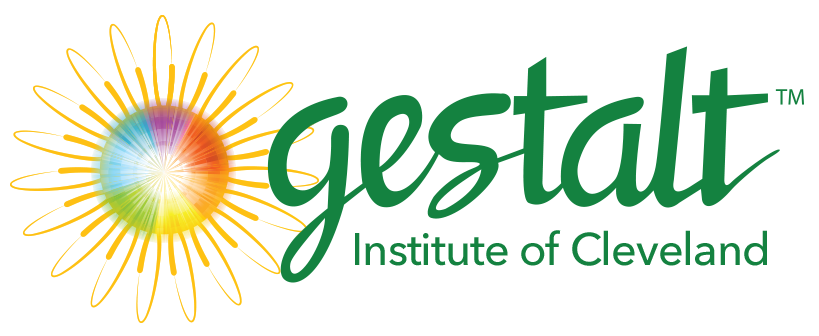The Intersection of Gestalt and EMDR: Healing in the Here and Now
Over a decade ago, I began my journey into EMDR. I expected to learn powerful tools for processing trauma and reshaping memory—and I did. But what I didn’t fully anticipate was how profoundly my foundation in Gestalt therapy would shape the way I practice EMDR. In hindsight, the integration between these two approaches doesn’t just make sense—it feels essential.
At the heart of both Gestalt and EMDR is presence. Gestalt therapy invites us into the here and now—into what’s alive in the body, breath, emotional landscape, and, perhaps most importantly, in the relational space between client and therapist. EMDR, while often associated with structured protocols and past memories, also calls for this same kind of presence. It asks us to hold dual attention: to touch the past while staying anchored in the present. And that anchoring happens most powerfully within a safe, attuned therapeutic relationship.
Again and again, I return to the Gestalt principle of the shared embodied relational field—a living space created between therapist and client. It’s not theoretical. It’s where nervous systems co-regulate, where implicit memories emerge, and where healing unfolds. For clients navigating healing and personal transformation, this field becomes the foundation for trust, safety, and deep repair.
In EMDR sessions, this relational field supports clients as they revisit past experiences that have been encoded in the brain and body and inform how we perceive ourselves and the world around us. It provides a container of attunement, curiosity, and grounded presence—qualities that Gestalt training cultivated deeply in me. During EMDR therapy, I listen to the moment-to- moment shifts in posture, breath, and tone. I bring attention to what’s happening now, even while we’re working with the then.
Gestalt work taught me how to trust process and this informs how I show up with my clients in EMDR therapy. At the intersection of Gestalt principals and EMDR therapy lives a deeply held human experience that can give way to an alive and embodied process of healing. This integration invites the client into full contact with themselves, opening a path to resolution that is both cognitive and felt—inviting wholeness to be remembered. It’s about trusting the innate wisdom of the client’s system and activating that wisdom through presence, attunement, and care. Together, Gestalt and EMDR don’t just process the past—they create the conditions for healing in the now.
Ultimately, what emerges at the intersection of EMDR and Gestalt is not just an effective approach to healing trauma—it’s a profound way of being. For me, the real gift of this integration isn’t a technique; it’s the ability to meet people in their full complexity, with presence, curiosity, and compassion. It’s a reminder that transformation happens not just through theory protocols, but through relationship and the shared courage to be in the here and now together.
Allison Bruce M.Ed, LPCC-S is a faculty member at the Gestalt Institute of Cleveland, Adjuct Professor at Case Western Reserve University and private practitioner in the Cleveland area. She works routinely with individuals and couples, and is experienced with adults and adolescents in short term crisis management through long term therapy, psychoeducation, and personal growth. She has experience in teaching and facilitating within various systems including the Cleveland Clinic, Case Western Reserve University, and Kent State University. Allison has facilitated locally and throughout the nation on topics related to shame and trauma.
